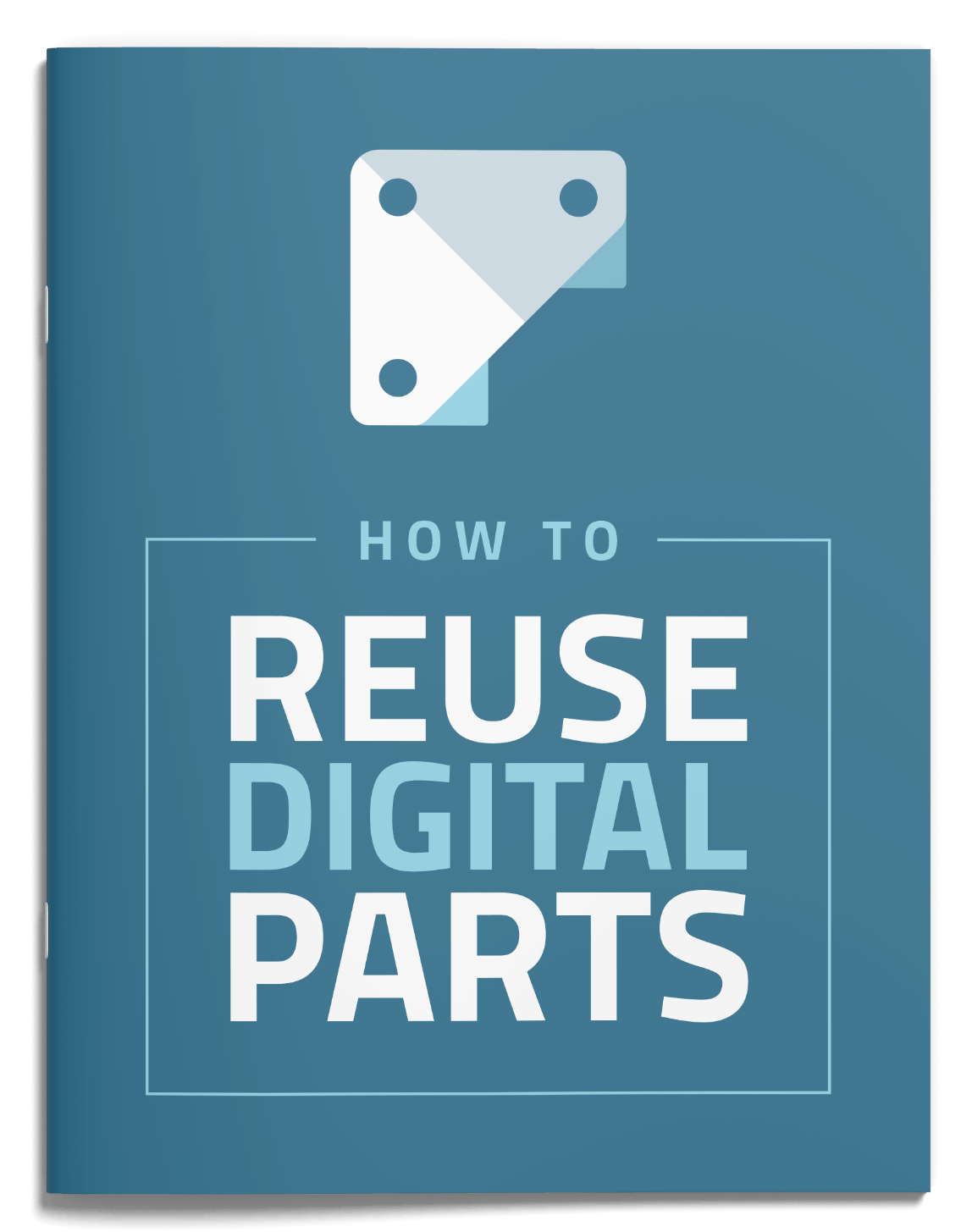Space Minefield: The Earth Is Surrounded by Junk and We Put It There. Now, We’re Trying to Clean It Up.
You Don’t Need NASA’S RemoveDEBRIS to Clean Up Your CAD Library and Remove Obsolete Parts.
The last month was a big one for space – SpaceX’s reusable rocket, Hubble turned 28 and potential life on a Jupiter moon. While that’s reason to celebrate, it comes with a big red flags. There’s a growing problem orbiting around Earth’s atmosphere, and it spells danger for future space mission: Space junk.
A Literal Minefield
Old satellites and broken aircraft material remain in orbit even when they no longer function. We continue to launch satellites which is leading to a build-up of space junk just outside Earth’s atmosphere. Scientists estimate over 8,000 tons of space junk surround us, travelling as fast as 17,500 mph around the planet.
This creates a problem for new space crafts and satellites launched into space that could collide with the surmounting materials around Earth. A lone screw travelling that fast becomes a bullet spinning around space – a collision with a large satellite would be catastrophic. And in some areas, the space junk creates a literal minefield around the planet.
If you remember the opening scene from the movie “Gravity,” its not that far from reality.

The First Attempt at Space Junk Removal
Now, the UK testing the first technique to remove space junk.
On April 2, the Falcon 9 rocketed toward the International Space Station with RemoveDEBRIS – a garbage truck for space junk. Developed by the University of Surrey in Great Britain, the experiment is part of a $18.7 million European Union- funded project to reduce space waste.
The spacecraft is approximately the size of a washing machine and weights 220 lbs. Due to legal issues, the team at the University of Surrey sent the machine to space with its own space junk: cubesats, which are about the size of a shoebox.
How it works
To capture the speedy cubesats, RemoveDEBRIS has two approaches.
For distant targets, the contraption works like a space junk harpoon. To test the harpoon, the spacecraft will shoot it at a fixed target and pull the object back to the spacecraft. This method is optimal for collecting several smaller materials at once.
For objects moving too dangerously to veer close to, the RemoveDEBRIS deploys a different tactic to capture space junk at any range. A lidar system helps the chaser-spacecraft aim at its target. It then shoots a weighted net at the debris to capture it, and drag sail technology accelerates the space junk’s de-orbiting process.
Success?
Although this technology won’t be able to collect the small, speedy screws and similar tiny materials, it’s the first attempt to solve a growing, consequential problem. While International guidelines call for materials to be removed after a mission ends, experts warn that the space around Earth may become unstable without action to remove the space junk that’s already there.
RemoveDEBRIS doesn’t completely add to the irony of reducing space junk by launching more hardware around Earth’s orbit. At the end of it’s mission, the RemoveDEBRIS will dip into Earth’s atmosphere, where it – and the cubesats – will burn.
And if the mission is successful, this could be the first step toward future “garbage truck” space missions.
Space Junk = Your Current CAD Library
While the consequences of a literal space mine outside Earth’s atmosphere are far more consequential, engineers face a similar garbage problem. Just as much “junk” from duplicate or obsolete parts float around in engineers’ library of CAD models.
These parts create a mass of information the engineer must sort through in order to find a part, and many are not compatible with different software versions. Consequently, the next time the engineer might need that part, he won’t be able to download and use it in his updated CAD software. Instead, he’ll have to find and download a new part, adding to the growing junk stored in his library.
What does this mean for business? It means engineers waste more time looking for parts and less time designing, according to our Engineering Efficiency Report. It’s not as catastrophic as space junk collision, but for your engineers’ overall efficiency and happiness, it may come close.
Your Solution to CAD Junk
Organize your CAD library for optimal efficiency by implementing a Strategic Parts Management software. Now, your engineers can eliminate junk CAD parts and streamline their search-to-download process.
Strategic Parts Management also comes with trillions of manufacturer certified, digital parts from over 600 manufacturers. These digital assets can be instantly configured, deployed and checked-into the PLM environment.
No more engineers searching for parts in space. No more junk parts.
Learn More: Get These Free eBooks
The Basics of SPM
SPM vs. Classification
MBE / MBD for Mfgs
Adam Beck
Latest posts by Adam Beck (see all)
- 2025 Industrial Marketing Summit Announced for February 26-28 in Austin, TX - May 31, 2024
- Engineering the World’s Longest Solar Eclipse - April 9, 2024
- How AR CAD Models and Apple Vision are Helping Engineers Become Tony Stark - March 12, 2024



